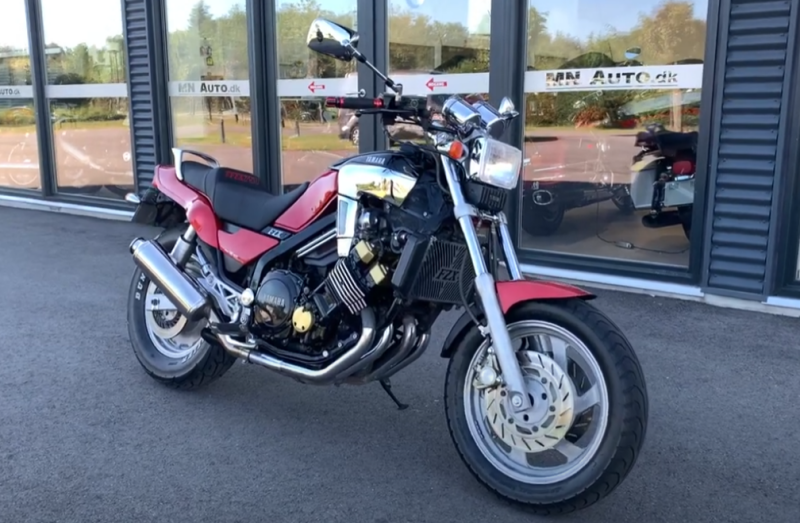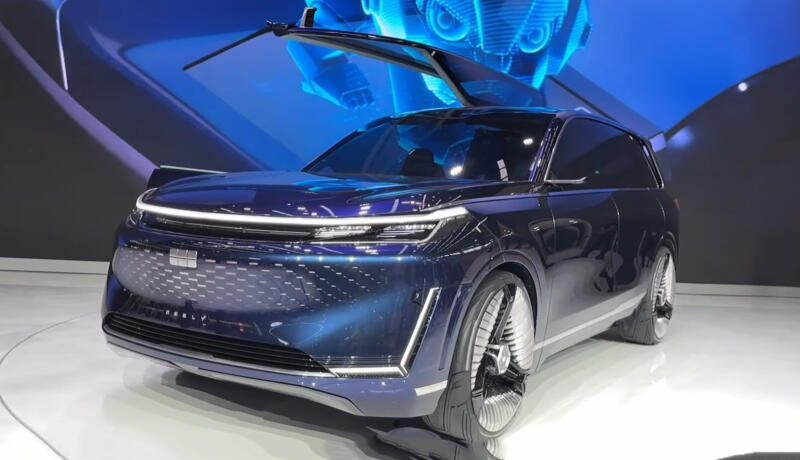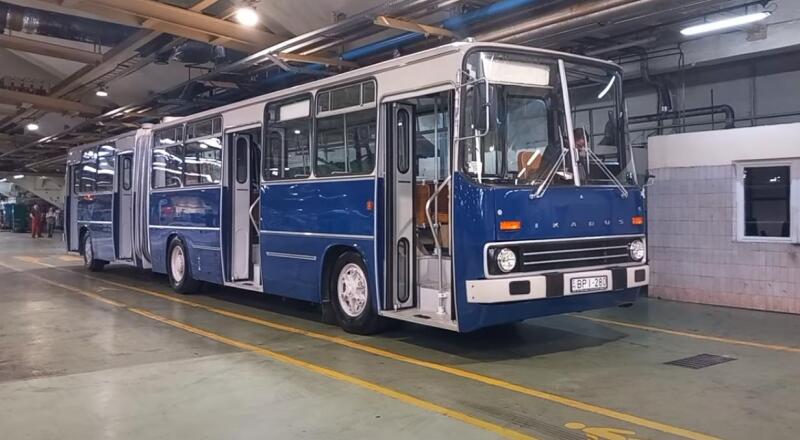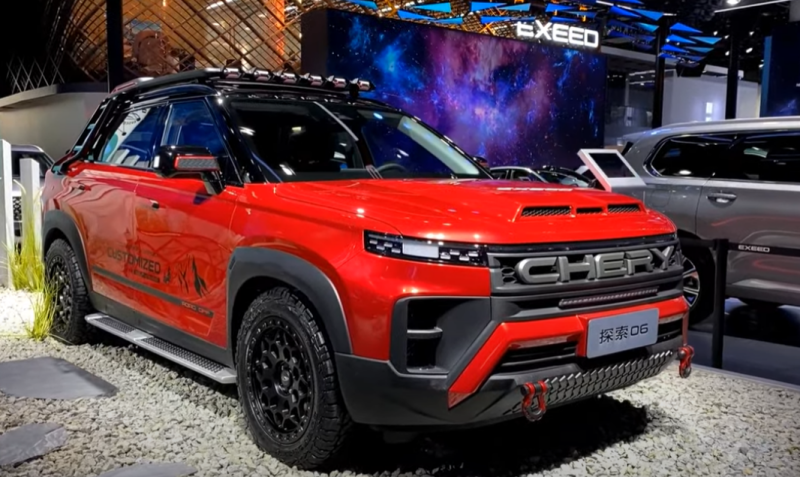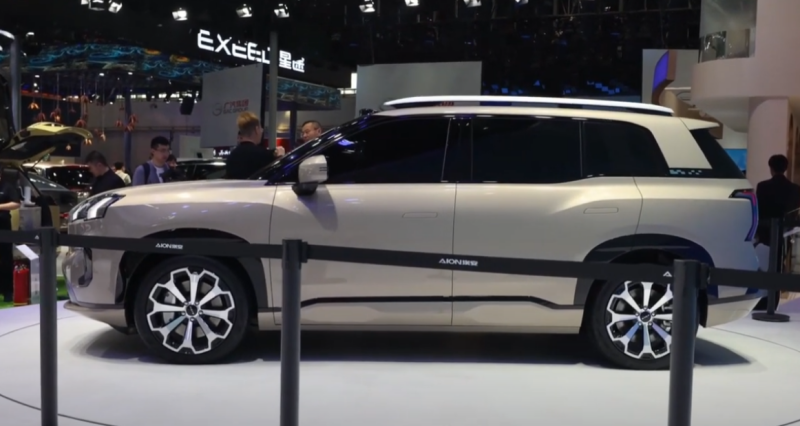Six decades later, the Island of the Rising Sun can boast an exemplary network of such communications on the 1435 mm standard gauge. The next milestone in the development of the direction was the introduction of a new generation of trains of the N700 Shinkansen series. They have taken the services provided by local railway companies to a whole new level.
 Unusual design of the N700 high-speed train. Photo: youtube.com
Unusual design of the N700 high-speed train. Photo: youtube.comThe Shin-Osaka section became the world's first and busiest high-speed line two decades ago. A new series of trains introduced at the turn of the century greatly improved the speed, comfort and energy efficiency of passenger travel.
Less than seven years later, about 300 high-speed trains were running on Japanese roads every day, carrying more than 130 million passengers. They increased the maximum speed from 270 to 300 km/h and, accordingly, reduced the train's travel time.
The N700 project started in 2002 when the Komaki Research Center opened. The first pre-production train was ordered in July 2003 by JR Central and prepared for public launch less than two years later.
It combined the best of previous high-speed designs with the latest technology to create highly complex trains. This confirms the fact that it contains lateral tilt mechanisms and improved aerodynamic characteristics. Such elements introduced a number of new indicators:
✅ increasing energy efficiency
✅ increase in maximum speed
✅ reduction in travel time from Tokyo to Shin-Osaka
The N700 series, jointly developed by JR Central and JR West, entered commercial service in 2007 after completing a full testing program. It took 2,1 billion dollars and 5 years to develop a new type of train.
The infrastructure of the Shinkansen routes at that time already allowed a maximum speed of 270 km/h (after modernization from 210 km/h). However, the 2500 km/h limit was still in effect at the 250 meter curves, reflecting the imperfection of the available surface.
 Nice side part of N700. Photo: youtube.com
Nice side part of N700. Photo: youtube.comTo bring the potential indicator to the required level, experts have developed a new technology. It was built into the first pre-production tipper N700 for the Tokaido Shinkansen. New tilting mechanisms allowed trains to negotiate curves with a radius of 2500 meters at a speed of 270 km/h and travel at a maximum of 300 km/h on selected routes.
Technical structure of an ambitious new product
The Japanese train N700 includes a train of 16 cars. The latest railway technologies at that time were introduced into it, including a body tilt system. It uses air springs combined with a new form of automatic train control (ATC). This allows you to take turns with a radius of 2500 meters at higher speeds, while maintaining the safety of the entire structure.
The engineers also managed to improve the train's acceleration performance. The characteristics of the N700 are 30% higher than those of its predecessors in this series. It now meets acceleration standards for commuter trains. During operation, it is allowed to accelerate to 300 km/h on the Sanyo Shinkansen.
 Seats for passengers in N700. Photo: youtube.com
Seats for passengers in N700. Photo: youtube.comThe amount of noise generated by the N700 while driving has also been reduced. Moreover, not only internal, affecting the comfort of passengers' travel, but also external, created for the environment. And if we return to the general improvement in the quality of travel on this ship, it was achieved through the following steps:
✅ installation of a new high-performance semi-active suspension system
✅ continued use of non-linear air springs
✅ shock-absorbing elements between train cars
To achieve this, the creators increased the design of the double skin and added a new type of hood that covers the entire space between the cars. It serves to reduce external noise during high-speed travel. The flooring materials selected are sound-reducing types. Added to this are the N700's low-noise electrical and drive systems.
On the outside, the hoods between the bogie cars are closed with skirts and a new low-noise pantograph is installed. The front end of the N700 is specifically designed to be as aerodynamic as possible. Known as the “Aero Double Wing”, it was first developed by specialists using aeronautical technology for rail applications and provides optimal performance at speeds of 300 km/h.
Signaling, communication and distribution
The signaling is mostly a fixed block, although at such high speeds the lot lines are much longer than usual elsewhere. Regular departure times for most services help maintain a decent level of reliability. But, in case of emergencies, train crews are in constant contact with the nearest control center.
 View of the interior of the N700 train. Photo: youtube.com
View of the interior of the N700 train. Photo: youtube.comThe information systems of the new Shinkansen train variants have proven to be much more reliable than before, thanks to the use of short cables. All N700s are equipped with additional systems to control the tilt mechanism.
They represent a significant achievement in the field of high-speed rail transport. Reduced energy consumption, greater acceleration, improved aerodynamics and other know-how make this compound the most advanced transportation product produced in Japan. Here are some of its indicators:
✅ body construction material – aluminum
✅ length – 25 m (intermediate) or 27 m (final cars)
✅ width - 3,36 m
✅ height - 3,6 m
✅ weight - 715 tons
✅ power output – 22 hp. With
The N700 series has been fully operational since 2007. In 2008, only 17 such trains operated on the Tokaido Shinkansen. But over the next four years, their number increased to 81 units. Since its introduction in Japan, the N700 has gained worldwide recognition as the fastest, safest and most environmentally friendly railway technology. For example, US-Japanese company USJHSR has partnered with Japan Railway Central to promote and introduce the N700 train system and technology to international markets.
Presentation of the improved modification N700S
By 2020, the manufacturing company showed the public the new N700S Supreme. The train travels at a new maximum speed of 362 km/h. It has fully active suspension and an all-new ATC braking system for safe stopping during earthquakes and other emergencies. Let's take a closer look at what the latest technologies and improvements are built into the N700S. Here are the main ones:
✅ new ATC and braking systems
✅ batteries for autonomous movement
✅ AC outlets for each seat
✅ fully active suspension
✅ additional luggage storage space
In addition to the new braking system, there is automatic slowing down or stopping in case of an emergency. This makes the N700S virtually earthquake-resistant. The trains are also equipped with batteries in case of power outages. This means that the train will be able to travel under its own power to the next station without getting stuck halfway.
There are other modern elements too. All seats have separate sockets for charging phones and using laptops on the train. The Green – Green Class composition provides new comfortable seats and up to 15% more space compared to the old Green Class. The active suspension specially developed for Green Cars increases passenger comfort during the trip. It feels like you are moving through the air rather than on rails.
 High-speed N700: inside view. Photo: youtube.com
High-speed N700: inside view. Photo: youtube.comThus, more than 700 units (2624 trains) were created in the initial version of the N179. With the introduction of the N700S, older trains will be phased out. However, this is a gradual process that will not in any way affect the convenience of passengers of high-speed vehicles.




